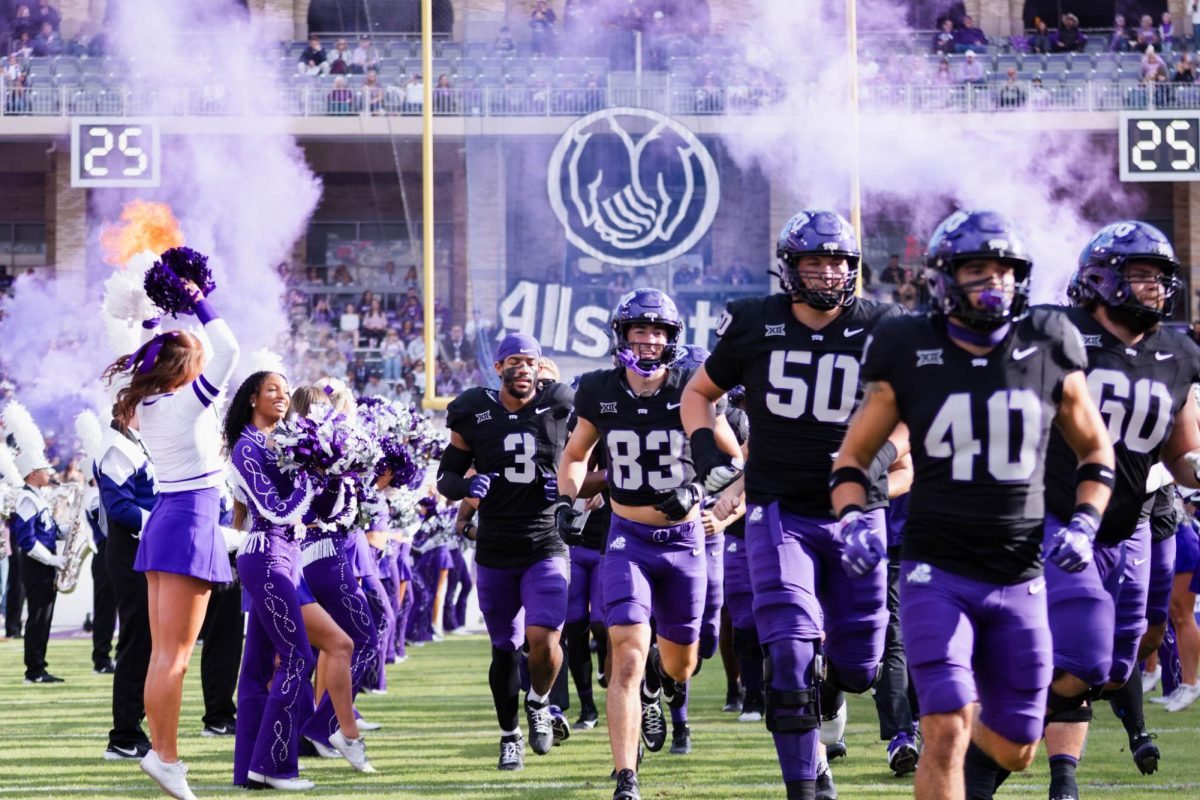Students should maximize safety options to lower crime rates
Published Apr 11, 2012
Let’s be honest with ourselves for a minute, sexual assault is prevalent on the university’s campus, no matter what the statistics say.
Rape is already an underreported crime with only 1 in 10 incidences being reported and only 25 percent of rapes being described as rape, according to Crisis Connection. One could easily blame this epidemic, and yes it is an epidemic, on the late night stranger wandering aimlessly about; however, that is rarely the case since over two-thirds of rape victims knew their perpetrator.
What does this mean exactly? Two things are happening simultaneously. One, rapists and those who commit sexual assault are going unpunished for their egregious crimes on the university’s campus and in the community and, two, the soon to be victims are not taking all of the necessary safety precautions.
Don’t get me wrong, a victim is a victim and they should for no reason be punished psychologically or morally for any crime that was committed against them for they are not the criminal, the offender is. Although, there are certain things that would help lessen the probability of rape and sexual assault overall.
The question should not be framed, “How can we stop women from being raped,” but instead, “How can we stop rapists from raping?” Point blank, rape is the most common violent crime on American college campuses today though it is not talked about as much as it should be.
Not too long ago, many suspected drug dealers and buyers were ousted from the university community. Both students and the media exposed these individuals under the national spotlight, citing the very substances they bought or sold over the period of the investigation, but when is the last time we saw this type of reporting on a rapist on campus? Never, and one would be more than foolish to even consider that it is not happening.
In 2009, six sexual assaults were reported, only one in 2010 and another three in 2011, according to TCU 360. Now, if we are to use the 10 to 1 ratio as reported by Crisis Connection then the university has had approximately 100 sexual assaults in the past three years, with only 10 reports of such.
How can university women take safety precautions to avoid these situations?
TCU’s Froggie Five-0 escorts women to safety between 8:00 p.m. and 1:00 a.m. and is a great way to move between areas on campus. This is important because the majority of rapes occur after 8:00 p.m. and the vast majority of those occur after midnight, according to the Center for Problem-Oriented Policing.
However, not all women exit their buildings before 1:00 a.m. while Froggie Five-O is available, so what does this mean for them?
Many students assume that after 1:00 a.m. their opportunity for an escort is over. However, considering that TCU Police operate 24 hours a day and can give escorts whenever needed, this simply isn’t true.
Another problem is that many might be concerned that if they were intoxicated, calling for a police escort past 1:00 a.m. and having a university security guard escort them to their location as opposed to a student driving for Froggie Five-0, they might be punished.
Basically, many students might forgo safety measures to avoid being ticketed.
TCU Crime Prevention Officer Pam Christian said that university security, like Froggie Five-O, had no authority to write citations and that an escort is available at all times.
Many things about the university’s culture should change. By reporting and punishing offenders, improving sexual assault education, increasing safety measures and access to them (such as longer hours for Froggie Five-O), the university and its students can become a safer community.
Everyone needs to make a stand to stop sexual assault on campus and everywhere for that matter. Not just women, but men as well.
Jonathan Davis is a junior political science and psychology double major from Niagara Falls, Ontario.


